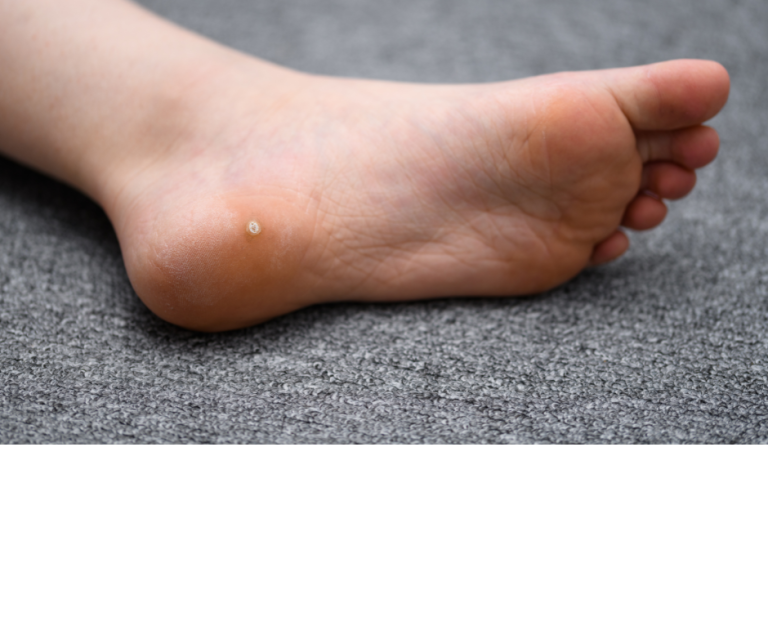July is Juvenile Arthritis (JA) Awareness Month, and at Wayne Foot & Ankle, we want to shed light on the condition. Although it affects thousands of growing children, JA is often dismissed as a natural consequence of growth spurts or the rough-and-tumble nature of sports. This can end up being a painful and serious mistake.
Early diagnosis is critical to effectively managing JA, and unfortunately, its warning signs are often missed. This blog will help you learn what to look for, then spell out the ways a podiatrist can help!
What is Juvenile Arthritis?
Juvenile Arthritis is not a single disease; it’s an umbrella term for several autoimmune and inflammatory conditions that can develop in children under 16.
- In these conditions, the immune system mistakenly attacks the body’s own cells and tissues, leading to inflammation, pain, and stiffness in the joints.
- The feet and ankles, with their 33 joints each, are very common sites for JA to manifest.
“Growing Pains” or Arthritis? Spotting the Difference
Many parents bring us active kids with complaints of foot pain. The key is distinguishing between a minor sports ache and a potential sign of JA.
- Does your child complain of pain or stiffness, especially in the morning or after periods of rest, that seems to improve with movement?
If so, take note: this is a classic hallmark of inflammatory arthritis and is very different from more typical forms of soreness!
A Parent’s Checklist for Potential JA Symptoms in the Feet & Ankles
Suspect JA in your child? Ask yourself if you’ve noticed…
- A Persistent Limp: Does your child limp, especially in the morning or after a nap, with no specific injury to explain it?
- Reluctance to Play: Have you noticed your once-active child suddenly avoiding sports, running, or even walking long distances?
- Swelling & Warmth: Do you see noticeable swelling or feel warmth in one or more joints in their feet or ankles?
- Unexplained Stiffness: Does your child seem unusually stiff or “clumsy” when they first get up?
- Favoring One Foot: Do they consistently try to put less weight on one foot?
Why a Podiatrist is a Key Part of the Care Team
For a young athlete, a swollen ankle might first be diagnosed as a sprain. But if the symptoms persist without a clear injury, an early and accurate diagnosis is crucial to prevent or limit long-term joint damage!
A podiatrist can:
- Perform a thorough biomechanical exam
- Use diagnostic imaging to assess joint health
- Provide supportive care like custom orthotics to relieve pressure on inflamed joints and improve foot function
- Work alongside a pediatric rheumatologist as part of a treatment team
The Bottom Line
Trust your parental instincts. If your child is experiencing symptoms like limping, stiffness, or a reluctance to participate in their favorite activities, seek a professional evaluation!
Questions? Concerns? Dr. Lindsey Calligaro at Wayne Foot & Ankle Center is happy to help. Our team has the tools, techniques, and proven expertise to treat your feet. Contact us today to schedule an appointment!










